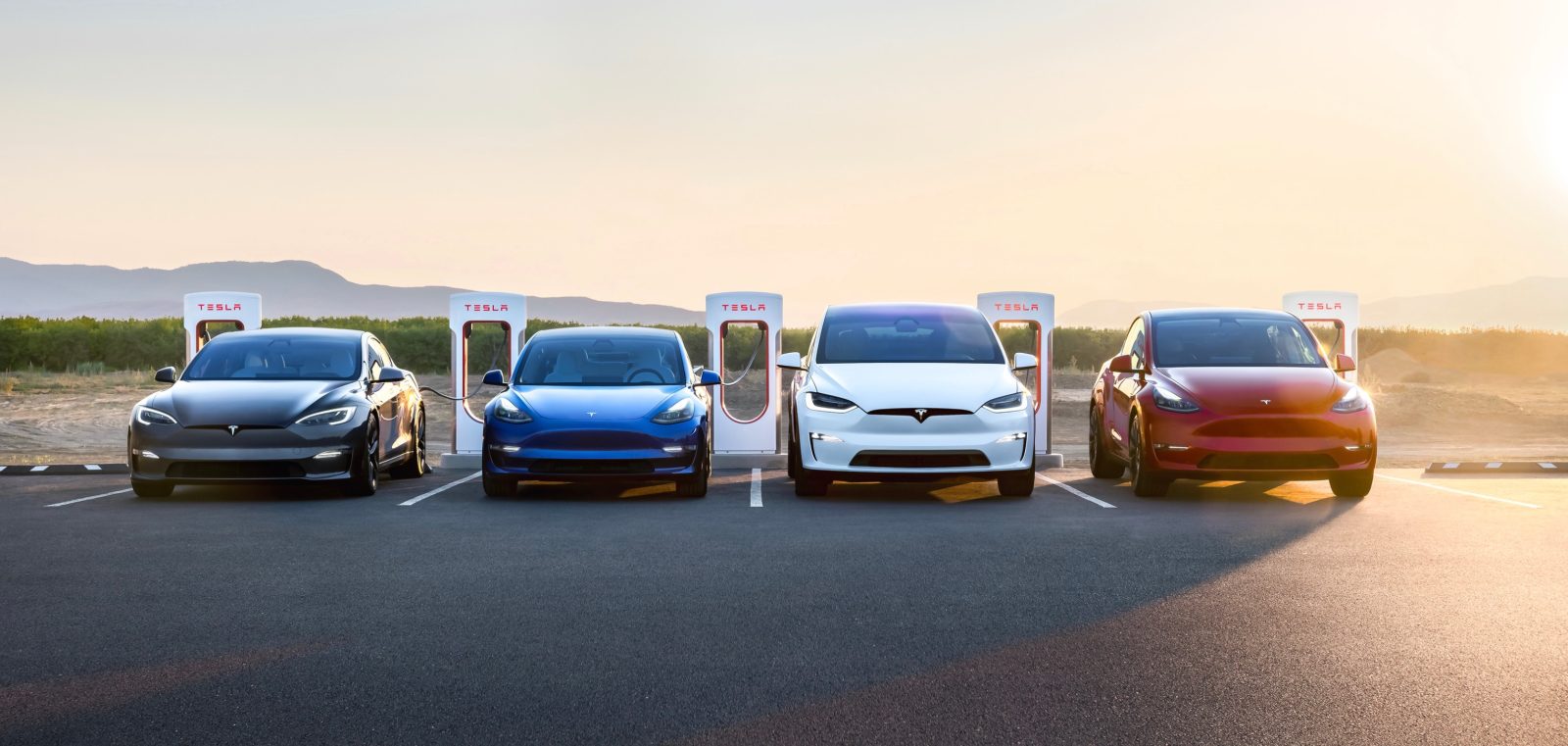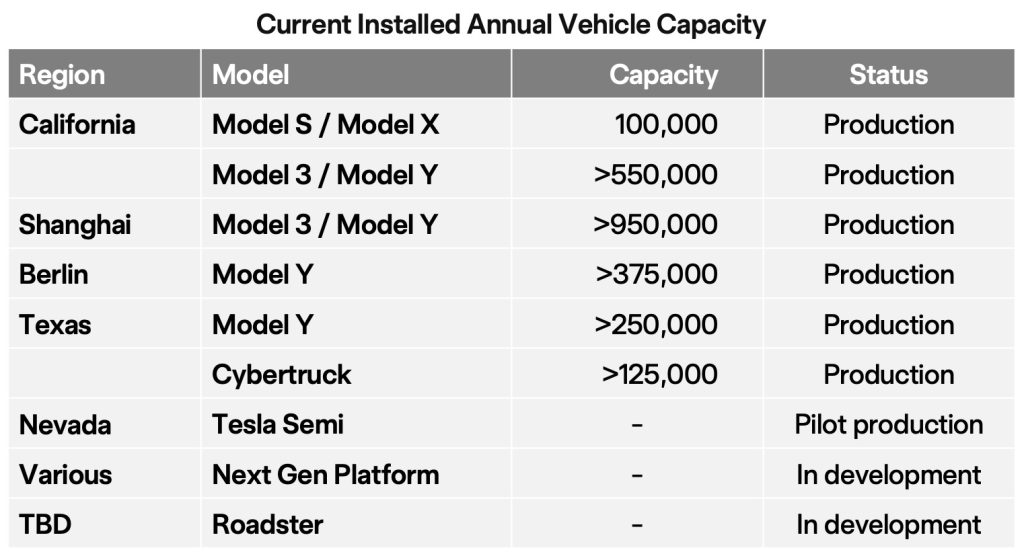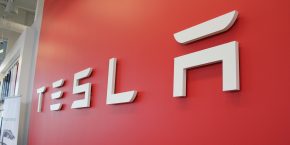
Tesla disclosed that it is planning to return to growth in vehicle deliveries next year with an extra ~500,000 electric cars.
Here’s how it plans to do it.
For years, Tesla has been guiding a roughly 50% growth rate in EV deliveries leading to 20 million cars per year in 2030.
That growth crashed this year, and Tesla is now expected to be roughly flat in terms of car deliveries in 2024 compared to last year.
Interestingly, the pause in growth has encouraged Tesla to share some more precise growth guidance for the first time in a while.
Tesla has shared that it plans to grow deliveries between 20 and 30% in 2025.
If Tesla can deliver a record number of 515,000 vehicles in Q4, as guided, it will deliver about 1,850,000 in 2024.
It means that Tesla expects to deliver between 2.2 and 2.4 million electric vehicles in 2025.
How does Tesla deliver this extra ~500,000 EVs
Tesla has grown at a 30% rate in the past, but it has never done it when it was producing vehicles at such a high rate.
It’s going to be a difficult task, but Tesla has a plan to make it happen.

After a full year of production in 2024, Cybertruck is expected to contribute more in 2025.
Tesla currently lists a production capacity about 125,000 units. That’s likely more than twice as many Cybertrucks as Tesla is expected to deliver this year.
It remains to be seen if Tesla can find the demand for it, but the Cybertruck’s production ramp should contribute to Tesla’s growth in 2025 – although it will be far from enough to reach the goal.
The real contributors are expected to be two new vehicles that Tesla is planning to launch in the first half of 2025.
Earlier this year, we reported that Elon Musk had canceled plans for new, cheaper Tesla vehicles built on the new ‘unboxed’ platform, often referred to as “the $25,000 Tesla.”
He has instead pushed for two new vehicle programs that incorporate some of the features of the new platform, but they are still primarily based on the Model 3/Y platform – so much so that they will be built on the same production lines.
These currently unnamed new vehicles are expected to be cheaper than Model 3/Y, which currently start at $43,000 before incentives – likely closer to $30.000-$35,000.
Those vehicles are expected to contribute more to Tesla’s growth, but since they will only launch in the first half of 2025, the contribution will be somewhat limited in 2025 as Tesla ramps up production.
When discussing the growth guidance, Musk mentioned the “lower-cost vehicles” as contributing to the growth, but he also said that “the advent of autonomy” would contribute:
We can’t overcome massive force majeure events, but I think with our lower-cost vehicles with the advent of autonomy, something like a 20% to 30% growth next year is my best guess.
It sounds like he means that the improvements in Tesla’s Full Self-Driving will help Tesla sell more vehicles.
We previously reported on Musk explaining Tesla’s plan to roll out its unsupervised self-driving next year.
Finally, Tesla is also planning to do a Model Y refresh early in 2025. That’s important because it is Tesla’s best-selling car by a wide margin. It should be a good thing for demand in 2025, but the switch over to the new design is going to affect production, which makes it a bit of a tossup to contribute to growth in 2025.
Electrek’s Take
I have already extensively shared my doubts about Tesla’s capacity to release unsupervised self-driving this year, so I don’t think it’s worth going too much into.
FSD will likely improve next year and it could convince some people to buy Tesla vehicles, but I doubt it will be a significant factor.
The new cheaper models are where the real opportunity is at, but like I said, it will depend on the production ramp.
Top comment by Aigars Mahinovs
Tesla planned to deliver 3 million cars this year and 20 million in the year 2030. Their "plans" are nothing more than a wishlist on ketamine.
The fantasy that one can just manufacture millions of cars and they will somehow magically sell themselves, so you should only care about increasing production numbers is just that - a fantasy.
Tesla will not see more sales without more models. And they have no more models and will not have them for years. Elon cancelled their only development program in this spring. Everything else is started this year and will take 5-6 years to production. Minimum. It took 6 years to make a slightly modified Model 3 into Model Y.
I think it’s also important to think about cannibalization.
Many people think that because the new vehicles will be produced on the same production lines as Model 3 and Model Y they will look very similar, but that’s not necessarily the case. Tesla produces Model S and X on the same line, and they are fairly different.
But even if they are fairly different, they will likely steal some sales from Tesla’s lower-end vehicles.
I think Tesla can achieve that growth next year, but it won’t be easy.
FTC: We use income earning auto affiliate links. More.




Comments